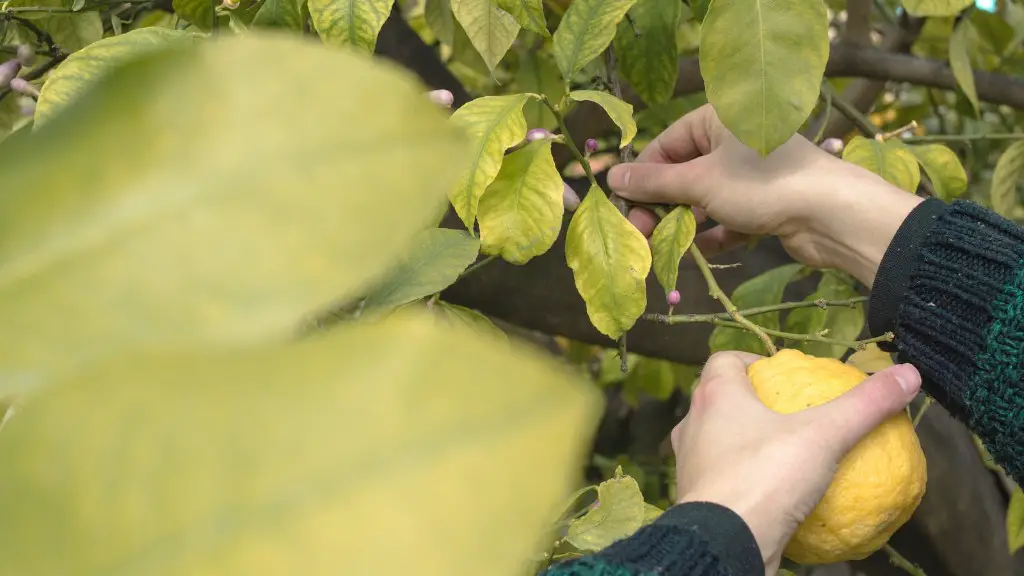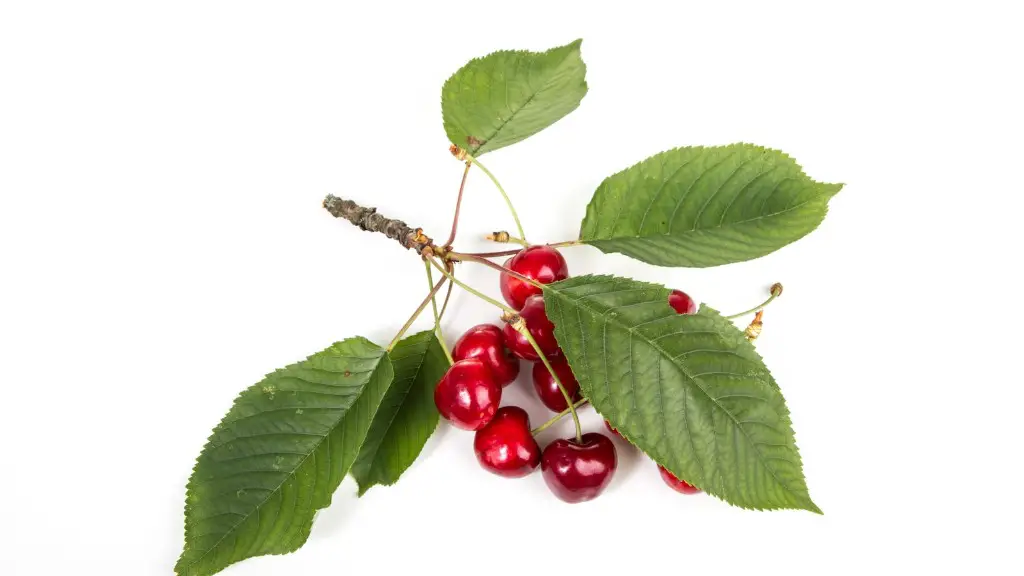Avocado Grafting Basics
Avocado grafting is the process of transferring buds from a desired variety of avocado tree onto the rootstock of a less desirable variety. This technique can improve the yield, quality and overall vigor of the existing tree. There are several methods for successfully grafting avocado trees, including patch, whip and tongue, bark, cleft, veneer and side grafting. One important thing to keep in mind is to always wait until the rootstock and scion (the branch being grafted) are in an equal state of dormancy and have the same diameter.
Selecting an Avocado Scion
Before beginning the grafting process, you need to first select an appropriate scion—the branch, twig or bud being grafted onto the rootstock. Choose a branch with a minimum length of 6 inches and no more than 1.5 inches in diameter. It’s also important to avoid branches with any sign of insect damage, disease or rot. Additionally, consider the variety you plan on grafting. Certain varieties produce avocados that vary in size, flavor, and other traits. Be aware of the physical characteristics, climate and soil preferences of the variety you are working with to ensure success.
Rootstock Preperation
Before grafting, you need to prepare the rootstock—i.e., the existing tree onto which the scion will be grafted. This involves pruning away as much as 50% of its branches and leaves. This process is necessary for two reasons: it will help promote new branch growth and increase the tree’s ability to absorb nutrients. Note: a young tree with a diameter of less than 3/4 of an inch is ideal for grafting.
Grafting Techniques
The type of technique you choose will depend on the size of the rootstock and scion. For example, the patch grafting technique is best suited for rootstocks with a diameter of 1 to 2 inches. This method involves simply cutting off a 5-inch branch of the desired variety of avocado tree, and then shaping the edge of the branch into a point. The point is then inserted into the trunk of the rootstock at an angle of about 45 degrees. Once the branch is in place, secure it with wraps and grafting tape.
For smaller rootstocks—less than 1 inch in diameter—the whip and tongue technique is more suitable. This involves making two angled cuts: one on the scion and one on the rootstock. The angle of the cuts should be about 30 degrees and the cut on the scion should be made slightly longer than the cut on the rootstock. This method is unique in that it allows the cambium layers of the scion and rootstock to directly contact each other, allowing for a successful union.
For larger rootstocks around 2 inches in diameter, the bark, cleft, and veneer grafting techniques are most effective. Bark grafting requires cutting the scion and rootstock with a single, pointed cut. The cleft graft requires making two flat cuts at opposite sides of the branch. Finally, the veneer graft requires making a single v-shaped cut on a branch that is then inserted onto the rootstock.
Aftercare
Once the graft is successful, it’s important to properly care for the tree to ensure its survival. First, you need to cover the graft with wax to keep moisture in and pests out. Next, regularly monitor the grafted branches, ensuring all foliage is still tightly secured. Lastly, water the rootstock regularly and provide adequate sunlight. By following these steps, you’ll ensure your tree grows to its full potential.
Varieties
When selecting a variety to graft, the right one largely depends on your climate. Some popular varieties that tolerate cold environments include the Zutano and the Bacon. Those living in hot, dry environments may benefit from varieties such as the Fuerte and the Pinkerton. Make sure you research the various varieties to determine which is best for your specific climate.
Expert Advice
For those new to avocado grafting, seeking expert advice is recommended. They are knowledgeable on topics like selecting the right scion and rootstock and possess experience in performing the various grafting techniques. Additionally, they’ll be able to provide higher levels of skill and knowledge compared to a beginner.
Time Frame
Avocado grafting is a highly involved process, much of which relies on timing. In general, the ideal time to graft your avocado tree is during the winter or early spring. Doing so will ensure that rootstock and scion are in an equal state of dormancy and are of similar diameters. Additionally, beginning your grafting during these seasons gives your new branches and leaves enough time to develop prior to the summer heat.
Climate
In addition to selecting the right variety, understanding your local climate is essential for the long-term success of your avocado tree. For instance, those in colder climates should look for varieties that can resist low temperatures, while those in tropical areas should seek varieties more resilient to heat and drought. Additionally, for optimal growth, ensure your tree has at least 6 hours of direct sunlight per day and an adequate supply of water.
Insects and Disease
Insects and disease pose a significant threat to your avocado tree. Be sure to regularly monitor the tree for any sign of pest or fungal damage. If any is found, take immediate action to remove the infestation. Common treatments for insects and diseases include insecticide, fungicide, and the healthy balance of soil, air, and water.
Harvesting
The timing of your harvest largely depends on the variety of avocado tree you’ve grafted. Generally, you should wait until the fruits become ripe—which is usually during late spring or summer—before harvesting. To test for ripeness, carefully feel the fruit and look for a slight softening. Then, use a pair of pruning shears or clippers to cut the fruit from the tree.
Storage
It’s important to know how to properly store your avocados once harvested. For maximum shelf life, avocados should be stored in temperature-controlled areas between 50 to 55 degrees Fahrenheit. Additionally, wrap the fruit in processes such as newspaper to keep out moisture, and store in a dark, dry location. This will help ensure the fruit stays fresh for as long as possible.

